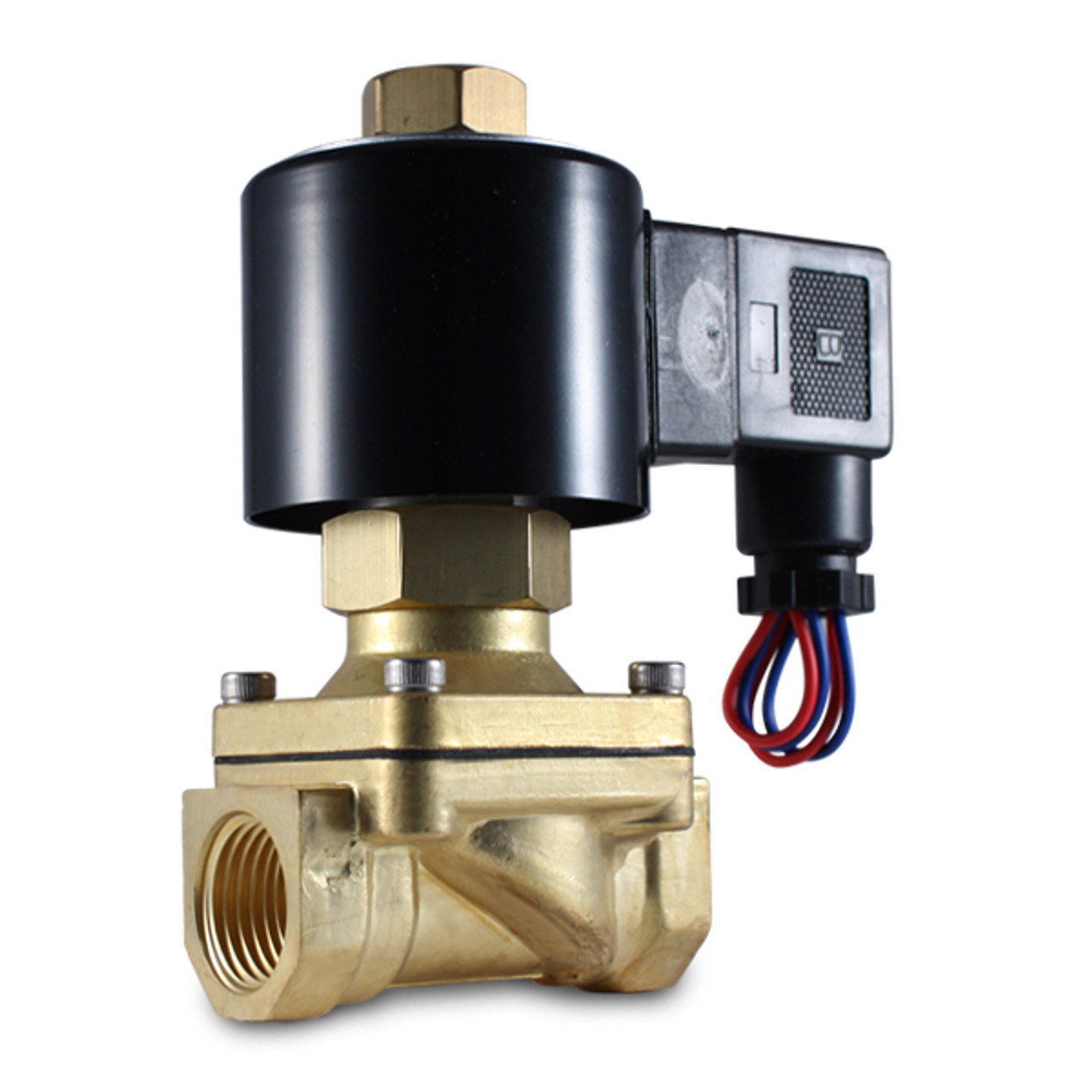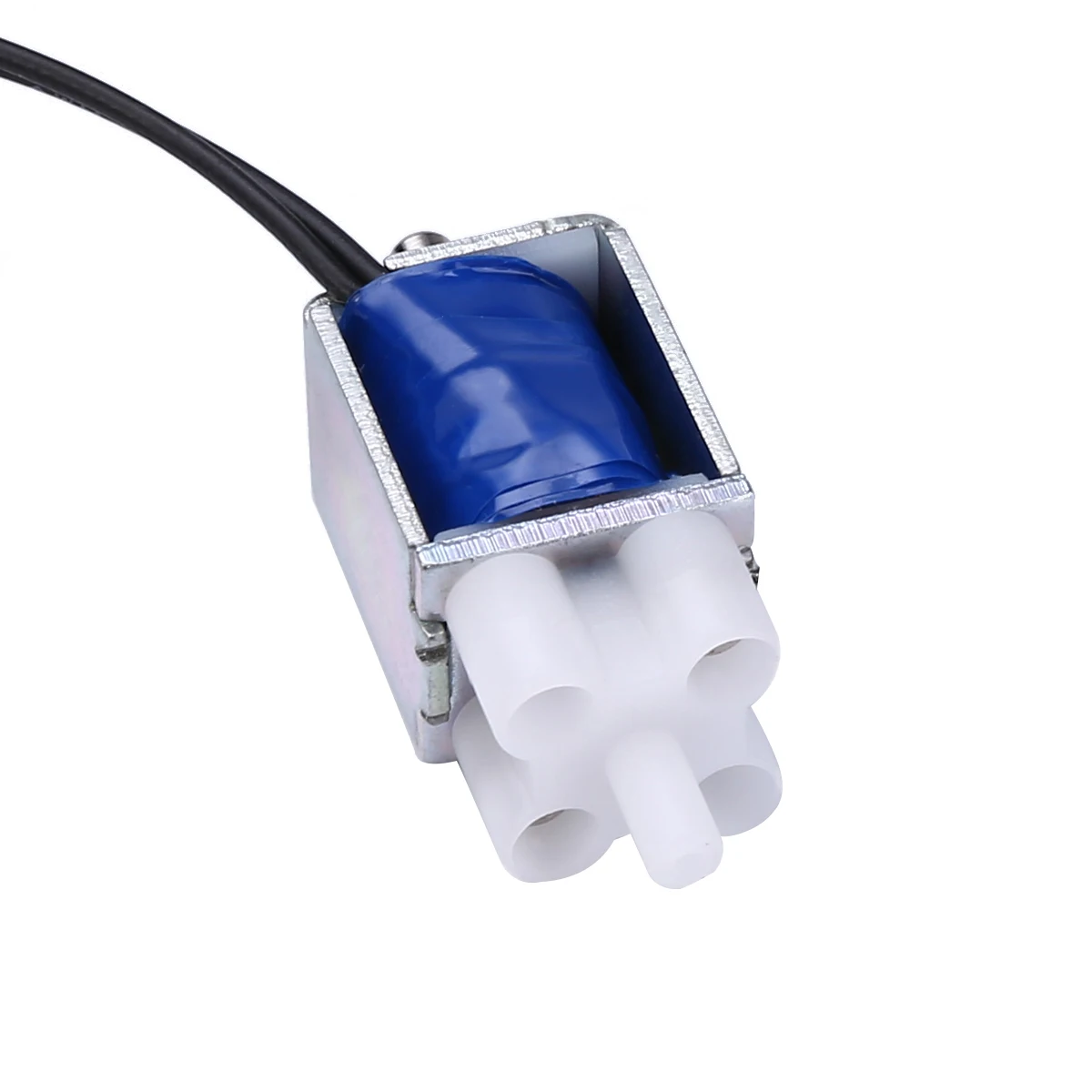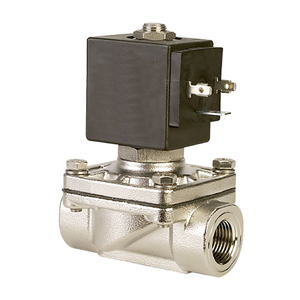
The electromechanical performance of a simple drive is limited. Driving a solenoid, in its simplest form, is a matter of switching the current on and off, usually done with a low-side MOSFET switch and current recirculation diode. In this circuit, the current is limited only by the supply voltage and dc resistance of the solenoid.ģ. This is often done with a low-side MOSFET switch and current recirculation diode ( Fig. The simplest way to drive a solenoid is to switch the current on and off. The test setup involved a servo potentiometer connected to a solenoid with a flexure. An MPS MPQ6610 IC was used to drive the solenoid.Ģ. Motion, along with voltage and current, were captured using an oscilloscope. To compare the electromechanical performance of different solenoid drive schemes, a simple test setup was built using a servo potentiometer connected to a solenoid with a flexure to measure the motion of the solenoid. The current can be controlled over time to provide ideal actuation and limit the power dissipated to hold the solenoid in place. To solve these problems, a constant-current driver can be used to drive the solenoid. Once the motion is complete, a much smaller current usually can be used to hold the core in position. If the current isn’t reduced, considerable power is dissipated in the winding, and the solenoid generates a great amount of heat. To generate maximum force to move the core, a high voltage must be applied to the winding to quickly build the current. The force on the core of the solenoid is proportional to the current. Since the winding has a large inductance, the current takes some time to build up. When actuating a solenoid, a voltage is applied to the winding to create a magnetic field. A typical solenoid consists of a coil of wire that generates a magnetic field.

A typical solenoid is shown in Figure 1.ġ. Applying current to the coil causes the core to be pulled or pushed relative to the coil, causing motion that’s used to actuate something in a mechanical system. The devices we usually refer to as solenoids are devices that use a coil of wire and a moving core made of iron or sometimes another magnetic material. In its simplest form, a solenoid is a coil of wire that generates a magnetic field.

Energy-saving techniques that limit power dissipation in the solenoid will also be covered. Two different drive circuits will be compared: a simple switch and a current-regulating driver. In this article, we’ll examine how drive circuitry affects the electromechanical performance of solenoids.

Although driving solenoids can be as simple as switching the current flow on and off, oftentimes better performance can be obtained using a dedicated IC to drive them. Solenoids are used in many applications to provide linear or rotational actuation in mechanical systems.


 0 kommentar(er)
0 kommentar(er)
